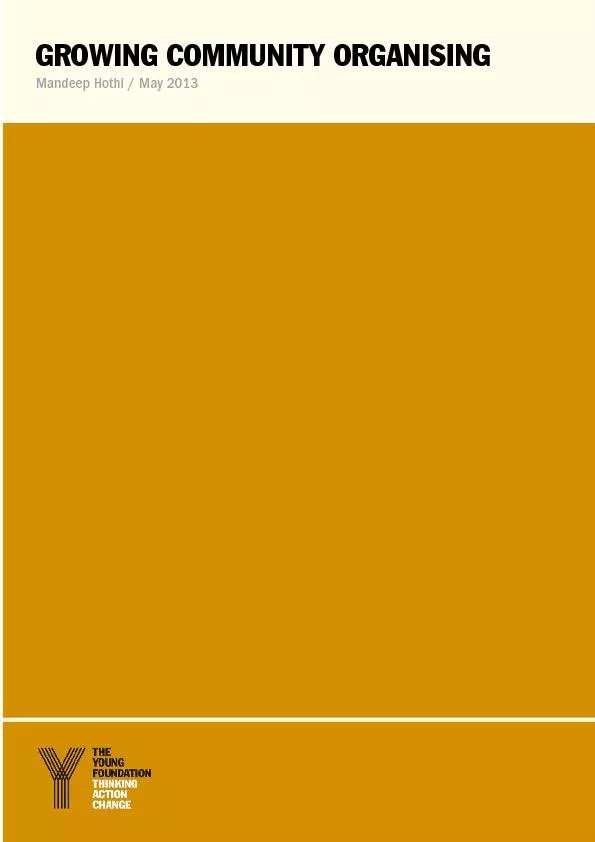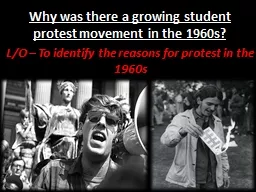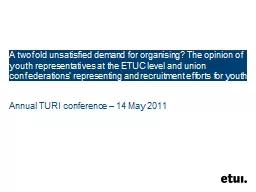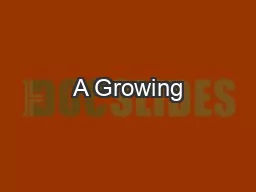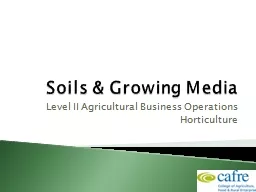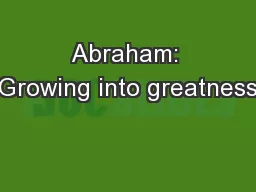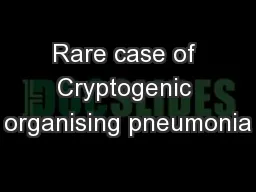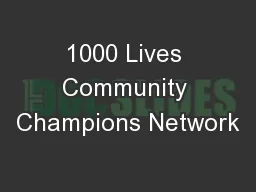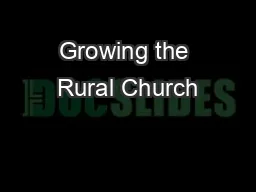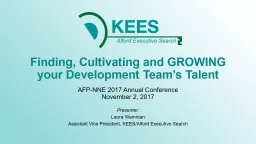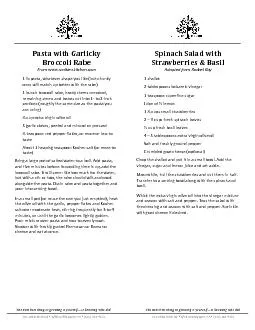PDF-GROWING COMMUNITY ORGANISING Mandeep Hothi / May 2013
Author : kittie-lecroy | Published Date : 2016-07-03
THE YOUNG FOUNDATION We are The Young Foundation and we are determined to make positive social change happen We pioneered the field of social innovation with The
Presentation Embed Code
Download Presentation
Download Presentation The PPT/PDF document "GROWING COMMUNITY ORGANISING Mandeep Hot..." is the property of its rightful owner. Permission is granted to download and print the materials on this website for personal, non-commercial use only, and to display it on your personal computer provided you do not modify the materials and that you retain all copyright notices contained in the materials. By downloading content from our website, you accept the terms of this agreement.
GROWING COMMUNITY ORGANISING Mandeep Hothi / May 2013: Transcript
Download Rules Of Document
"GROWING COMMUNITY ORGANISING Mandeep Hothi / May 2013"The content belongs to its owner. You may download and print it for personal use, without modification, and keep all copyright notices. By downloading, you agree to these terms.
Related Documents

